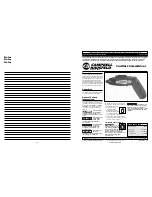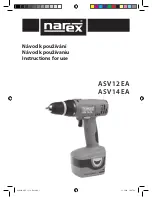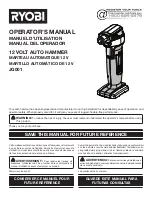
12
2.
Use a flat blade screwdriver and turn the fuse capsule counter-clockwise. There is an
internal spring that will push it out after turning a few times.
3.
Pull out the glass tube fuse inside to check and replace as necessary.
4.
Insert the fuse capsule in the same location and use the flat blade screwdriver to turn
clockwise.
5.
The fuse capsule will now be locked and secured.
Note: For model 9117, the fuse capsule is hand fastened, so no flat blade screwdriver
is needed.
2.2
Output Connections
The main DC output terminal is a screw type terminal located in the rear panel. Figure 2.3
below illustrates the size and dimensions of the terminal. To loosen, use hex key #4 size
screwdriver.
Note: The screws on the terminals can be completely removed to allow for ring type adapters
(must be greater than 6mm in diameter).
Before connecting wires to the output terminals, turn OFF the power
supply to avoid damage to the instrument and the device under test
(DUT). For safety, load wires must have a wire gauge size large enough
to prevent overheating when the power supply operates at maximum
short circuit output current. It will also prevent large voltage drops
from resistances in the wires.
Due to the high current rating of the power supply, proper wire sizes are necessary for safe
connectivity and to prevent wires from overheating. Refer to the table below as a reference for
proper wire sizes according to the amount of current used for operation:
10mm
10mm
Rear Output Terminal
10mm
6mm
Hex Key Screw
Figure 2.3 - Rear Output Terminal
















































